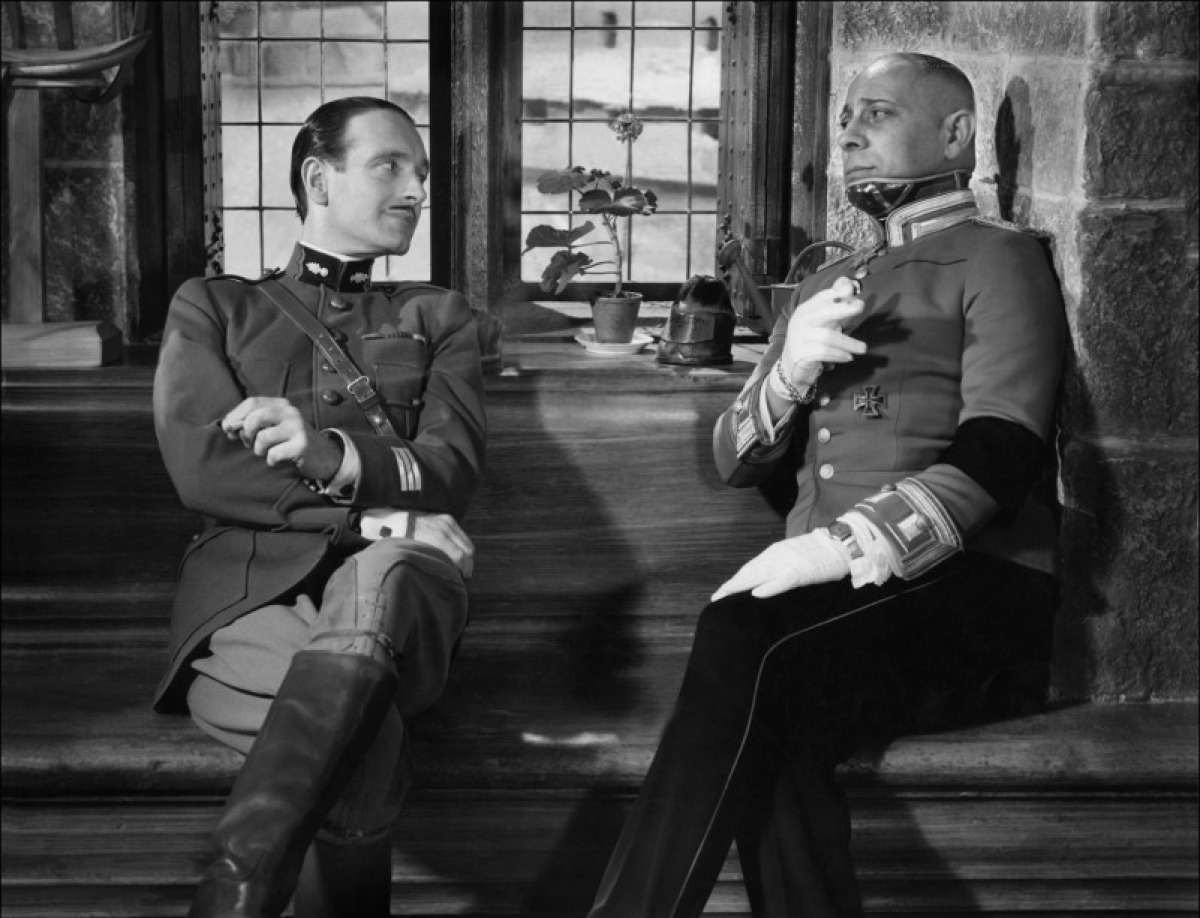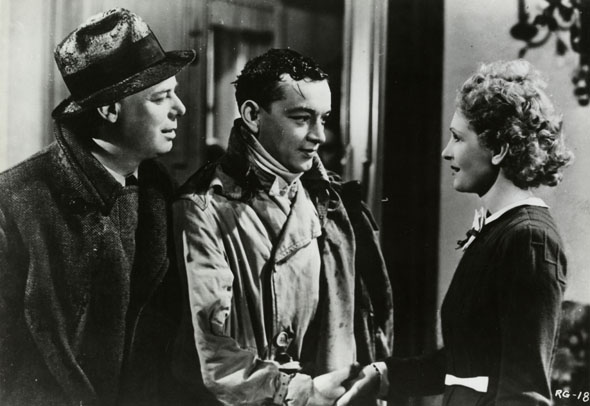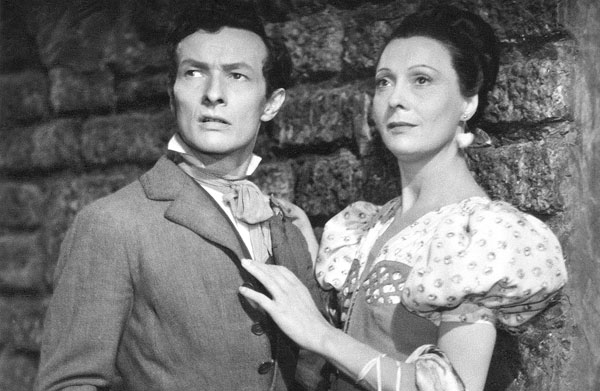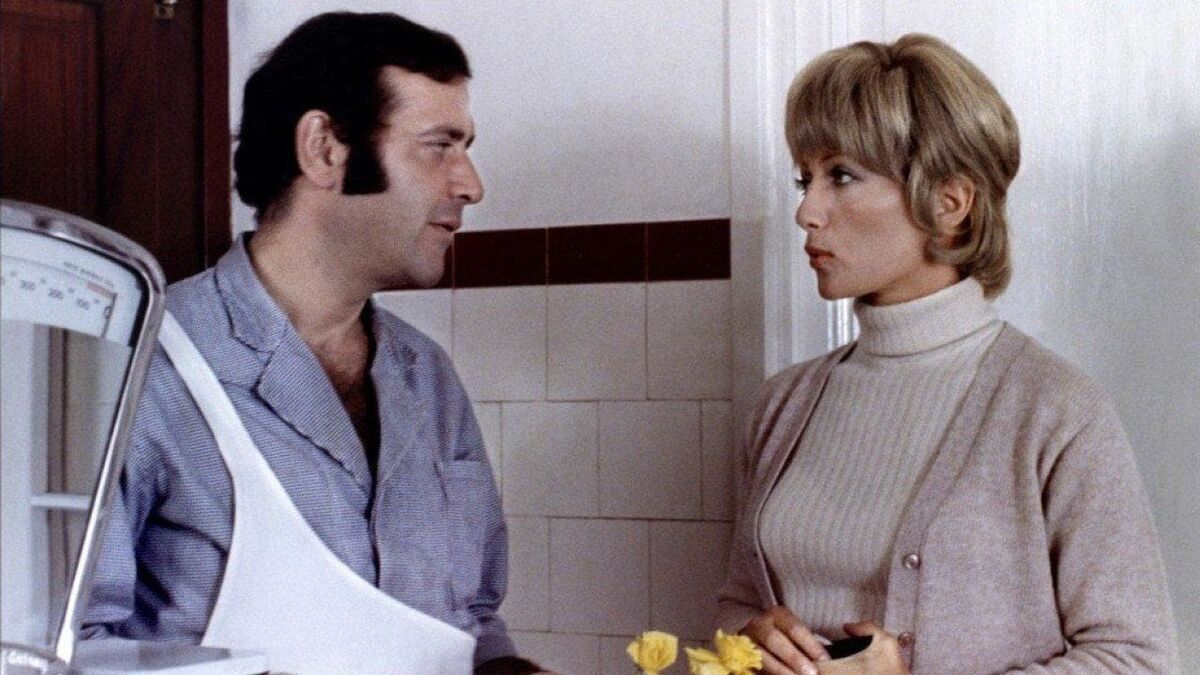
The influence of French cinema on Scorsese’s work is fairly obvious to anyone familiar with the key works of the French New Wave.
Scorsese’s early works, such as Mean Streets, clearly tapped the often anarchic energy that directors like Jean-Luc Godard, Francois Truffaut and Claude Chabrol brought to the world of cinema in the early 60’s. The breathtaking directness and then-unconventional editing in Mean Streets would not have been possible without precursors such as Godard’s Breathless and Truffaut’s Tirez Sur Le Pianiste.
Even when Scorsese developed more and more into his own unique style, he continued to draw on these influences. Goodfellas for example, features a direct nod to Truffaut’s 400 Blows when Scorsese uses a freeze-frame obviously inspired by the unforgettable final shot of Truffaut’s movie.
But it’s not just these less conventional films that have inspired Scorsese’s work. As his films became more epic in scope, the influence of more classical directors such as Marcel Carné, Jean Renoir and even silent director Abel Gance, made itself clear.
The list below showcases the French side of Scorsese’s list of 39 foreign films that every young film maker should watch. I’m sure Scorsese found difficulty keeping the list so short. There are some major absences. But it’s an admirable list in terms of scope.
Many films from the French New Wave, yes, but also some older and sadly underwatched films from the 20’s, 30’s and 40’s. It is the perfect primer for anyone who wants to explore the world of French cinema.
1. Napoléon (Abel Gance, 1927)
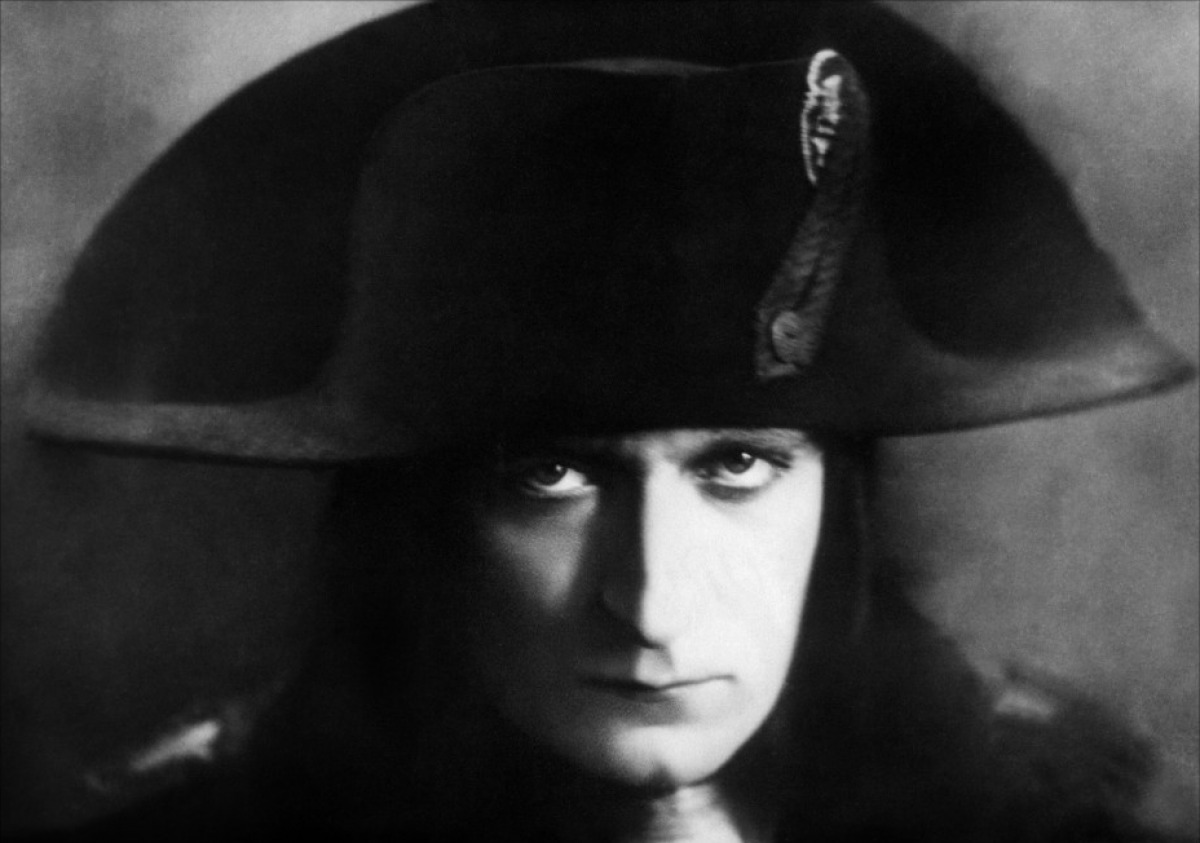
Four hours long, but still unfinished, Abel Gance’s Napoleon is his suitably epic tribute to his personal hero. It was initially intended to be six films, but the project proved to be too large an undertaking, despite the success of the first installment.
What D. W Griffith is to American cinema, and Sergei Eisenstein to Russian cinema, Gance is to French cinema. All three directors radically altered the language of cinema. Gance was in fact inspired by D.W. Griffith’s now-controversial Birth Of A Nation, also a film epic in scope and duration. Gance met Griffith while on a trip to the United States in 1921.
Since this was the first film in a projected series of six, it unsuprisingly looks at Napoleon’s early days. Also, Gance places more focus on the legend or myth of Napoleon, than historical fact.
It is something of a reverie, with every advanced editing technique available – rapid cutting and overlays especially – used to add to the almost hallucinogenic quality of the film. Despite its age, Napoleon still impresses on a technical level. The rapid cutting technique used for a snowy scene from Napoleon’s youth is a dizzying achievement.
2. La grande illusion (Jean Renoir, 1937)
Renoir’s La Grande Illusion is one of the most influential war movies of all time, though perhaps not the most famous. It has been borrowed from countless times, often by equally great movies. The Marseillaise scene in Casablanca is directly inspired by a scene in La Grande Illusion, as is the tunnel digging in The Great Escape.
As Roger Ebert has perceptively argued, La Grande Illusion is as much about class and societal change as it is about war. Much is done throughout the movie to explore the attitudes, hopes and fears of all levels of European society. There is a sense of impending doom for the aristocratic characters, and it is not solely to do with the carnage of war going on around them.
The film is surprisingly not so different to Renoir’s other, even more highly valued film, La règle du jeu. Renoir explores in both films the etiolation of the “noble” class. In La Grande Illusion, this theme is explored through the characters of captured French Captain de Boieldieu and German prison camp commandant Von Rauffenstein (played brilliantly by Austrian-American director Eric Von Stroheim).
Through the dialogues between these characters, a picture of a changing society emerges. Both characters seem resigned to their impending obsolescence, while the underclasses by contrast seem hopeful despite their awful circumstances.
Renoir in fact fought in World War 1. His experiences obviously mark the film and give it a reality and earthiness often absent from war films. It is not a gung-ho or jingoistic film in the slightest. People are the focus, not tanks, guns or acts of extraordinary heroism.
La Grande Illusion is a classic of cinematic humanism – a powerful depiction of hope in the face of extreme hardship. Indeed, the German forces occupying France during World War II made the decision to destroy the film, lest it inspire people to acts of resistance. The process of retrieving the film after it’s destruction was long and arduous. Not until the 1960’s did a watchable print become available.
3. La règle du jeu (Jean Renoir, 1939)
La règle du jeu (The Rules of The Game) often appears on lists of the top ten films of all time, particularly lists made by directors. So it’s not surprising to see it on Scorsese’s list. It is, however, a film that doesn’t get seen enough – perhaps because the plot isn’t all that enticing for modern audiences.
Like many of the films on this list, it pokes fun (sometimes quite caustically) at the French middle-classes, and offers insight into the rapidly changing social structure in the Europe of that time. It’s a film about decadence: the increasing obsolescence of a once-vital social class.
La règle du jeu is famous for it’s use of deep-focus camera-work, and an obvious inspiration for Robert Altman’s depictions of crowded scenes with multiple conversations happening simultaneously. Gosford Park (and perhaps a whole load of other Altman movies) would probably not exist without Renoir. “I learned the rules of the game from The Rules of The Game”, Altman said.
Like Citizen Kane which often sits beside Renoir’s film on those top ten lists, La règle du jeu is a deeply mysterious film that rewards repeated viewing. As Roger Ebert says: “This magical and elusive work, […] is so simple and so labyrinthine, so guileless and so angry, so innocent and so dangerous, that you can’t simply watch it, you have to absorb it.”
4. Les enfants du paradis (Marcel Carné, 1945)
Les Enfants du Paradis (Children of Paradise) was made in a France occupied by the Nazis – this created specific difficulties for the film which make its success as a film something of a cinematic miracle.
Jewish crew-members had to work in hiding, pro-Nazi crew had to be kept in the dark about others who supported and helped the Resistance, and the Nazis banned any film over ninety minutes long, forcing Carné to make his three-hour film a two-parter.
Despite such difficulties, Les Enfants du Paradis is one of cinema’s most rewarding love stories, and a terrifically complex depiction of a Paris swarming with thieves, aristocrats, prostitutes, actors and dancers. While the film’s focus is wide, the main plots revolve around the world of theatre and, more broadly, performance.
Our first introduction to the central character, Garance, shows her rotating in a tub, looking in a mirror.
Unsurprisingly Garance will turn out to be one of cinema’s greatest heartbreakers. Two very different characters unsuccessfully vie for her affections.
Baptiste, a thin, pale mime artist played by Jean-Louis Barrault, gently tries to woo Garance but eventually marries and fathers a child with a theatre-manager’s daughter. Frederick Lemaitre, a swaggering but not extraordinarily talented actor, also falls for Garance, but she eventually marries a dull rich man for money.
Les Enfants du Pardis is an obvious inspiration for Scorsese’s Gangs of New York, even if Scorsese’s world is obviously a much more brutal one. Both films are patient in laying out their complex worlds of criminality and underhandedness.
The plot of Carné’s film may appear on paper like any old melodrama, but the sense of multi-layeredness is palpable. Both Carné and Scorsese are masters of creating living, breathing (and often troubling) worlds for their characters to inhabit.
5. La belle et la bête (Jean Cocteau, 1946)
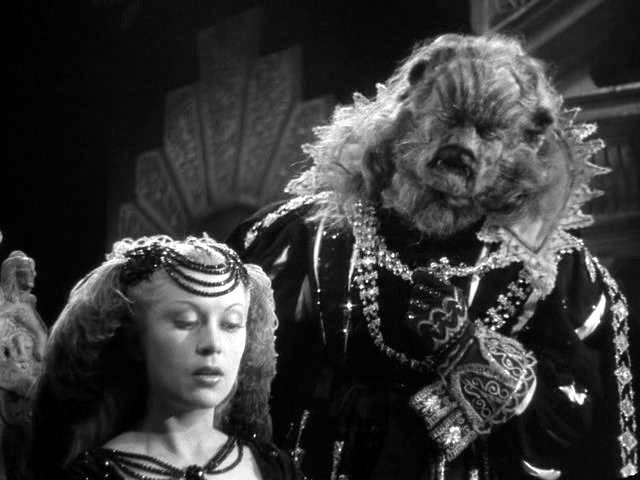
La belle et la bête (Beauty and The Beast) is Cocteau’s telling of a tale made famous by Disney decades later. Cocteau’s version is every bit as magical as the more famous version. Cocteau used an array of then-innovative special effects to create a world that is strange, disturbing and – still today – very beautiful.
Cocteau had already impressed people with his ability to create striking and surreal cinematic poetry (check out The Blood Of A Poet, for example). But La belle et la bête features a more linear and accessible narrative than his other films.
The film is set in a rustic quasi-medieval township in France. As is standard for fairytale narratives, the characters are generally exaggerated grotesques. Unlike Disney’s heroine, Belle isn’t so keen to leave her town, despite the ugliness of the characters around her.
Belle’s sisters, unpleasant bullies as they are, aren’t enough to make Belle go running anywhere. But Belle (Beauty) has to visit the Beast when he puts a death sentence on her father for picking a rose in his garden. She agrees to stay with the Beast in order to save her father.
While the camera work throughout the film is impressive, things become really special when Belle reaches the Beast’s castle. Of particular note is a dreamy slow-motion tracking shot of Belle running to and mounting a staircase.
Cocteau spoke of wanting to create a cinematic poem, telling a tale through suggestion and images, rather than conventional narrative devices. Nevertheless this is a more accessible film than that sounds.
It is perhaps a little too dark and suggestively erotic to compete with Disney’s version as a children’s film. Indeed, it makes perfect viewing for people who viewed the Disney version as children and want to explore a familiar narrative from a much more nuanced and adult angle.
